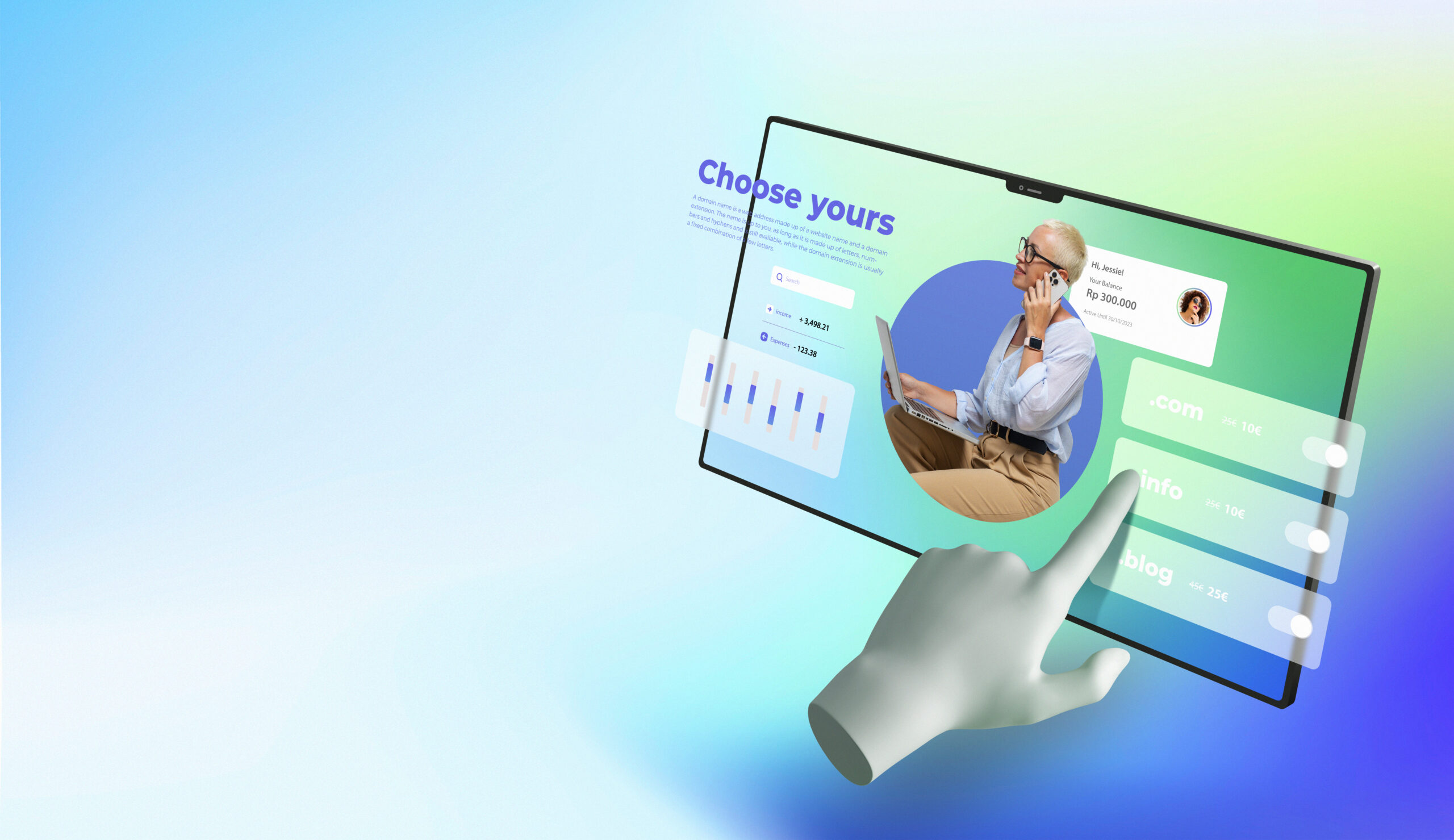Welcome to the exciting realm of digital marketing, where innovation blends with strategy to build successful campaigns. One of the most potent tools available to us in this realm is Google Ads, the tech giant’s platform for online advertising. In this blog post, we will explore the fundamental aspects of Google Ads, aiming to simplify its complex structure and shed light on its immense potential for anyone new to this domain.
Experience the Webtec difference through our Digital Ads Services.
Google Ads: What Is It?
Google Ads is an online advertising platform developed by Google. It provides businesses with the opportunity to display brief advertisements, product listings, video content, or generate mobile application installs within the Google ad network. It operates on a pay-per-click (PPC) model, which means you only pay when a user clicks on your ad. This model offers budgeting flexibility and ensures your investment aligns directly with your marketing results.
Setting Up Your Google Ads Account
Getting started with Google Ads is a straightforward process. First, you need a Google account, which you can create for free if you don’t already have one. Once you have a Google account, head to the Google Ads website and click the “Get Started” button. Follow the prompts to create your account, which involves entering your business information and setting up your billing details.
As part of the setup process, Google Ads will prompt you to create your first campaign. But before you dive into that, it’s crucial to familiarize yourself with the Google Ads platform. Spend some time exploring the dashboard, tools, and settings available to you.
Looking for more content? Tips to Boost Your Local SEO Using Google My Business is up next.
Understanding Google Ads Campaign Structure
The structure of your Google Ads campaign can significantly impact its success. There are three main levels: Campaigns, Ad Groups, and Ads.
Campaigns
This is the top level, where you define the overall objective, like driving website traffic or increasing brand awareness. Each campaign should target a specific business goal.
Ad Groups
Within each campaign, you can create various ad groups targeting different sets of keywords related to your business goal.
Ads
Within each ad group, you design individual ads. Each ad consists of a headline, display URL, and description.
Understanding this hierarchy is crucial because it helps to organize your ads efficiently and target your audience more accurately.
Keyword Research: The Heart of Google Ads
Keywords are the primary connection between what people are searching for and the content you provide to fulfill that need. The Google Ads Keyword Planner is an invaluable tool for discovering new keyword opportunities and estimating the traffic they might bring.
Remember, keyword research isn’t just about discovering the most searched terms. It’s about finding the right balance between search volume, relevancy to your business, and competition. The more specific your keywords (think long-tail keywords), the more likely you are to reach customers interested in your products or services.
Crafting Effective Ads: The Art of Copywriting
The success of your Google Ads campaign hinges significantly on the quality of your ads, and this is where the power of copywriting comes into play. Copywriting is about creating compelling and persuasive content that prompts users to take action.
A successful ad copy should include your target keyword, a compelling headline, a clear call to action, and a unique selling proposition. However, it’s essential to avoid overstuffing keywords, as Google prioritizes the user experience and relevance.
Writing an effective ad copy requires practice, but following these copywriting guidelines will increase your chances of crafting ads that capture attention and inspire action.
Monitoring and Optimizing Your Google Ads Campaign
Once your Google Ads campaign is up and running, it’s not a set-and-forget task. Continuous monitoring and optimization are key to ensuring your campaign stays effective and profitable.
Monitoring involves keeping an eye on key performance indicators (KPIs) like click-through rates, conversion rates, and cost-per-click. These metrics provide insights into how well your ads are performing and where there’s room for improvement.
Optimization can involve refining your keywords, tweaking your ad copy, adjusting your bids, or testing different landing pages. Remember, copywriting isn’t just about crafting your initial ad text; it’s also about tweaking and improving it based on the data you gather.
Conclusion
In conclusion, Google Ads is a powerful tool for any business looking to expand its digital footprint. Its dynamic nature and vast network make it an ideal choice for businesses of all sizes. This beginner’s guide has hopefully demystified some aspects of Google Ads, giving you a foundation to start your first campaign. With a well-thought-out strategy, a pinch of creativity, and a dash of patience, you will soon start reaping the benefits of this powerful platform. Happy marketing!


